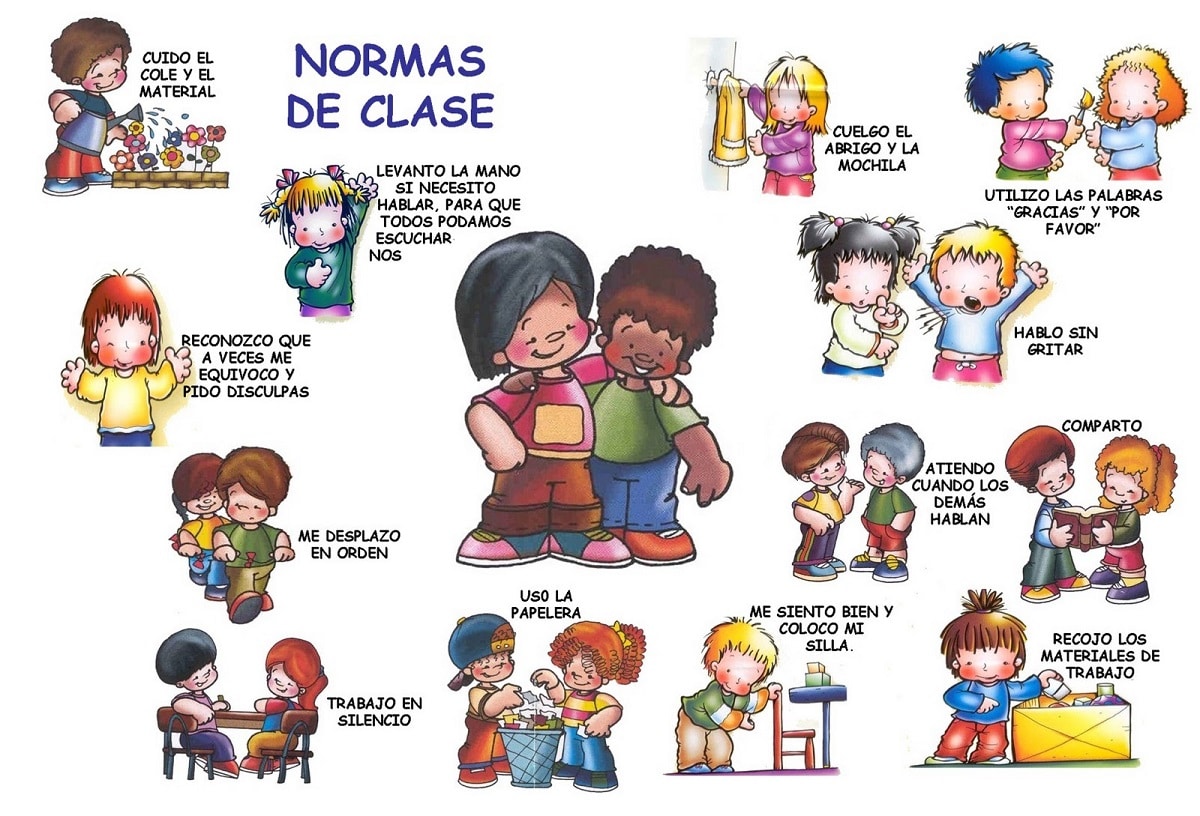
When we talk about disruptive behaviors we refer to one or more antisocial behaviors that occur in a boy or girl. Or you may be the initiator, but the group follows your behavior. With these breaks, what is achieved is that, the guidelines and socially accepted values are broken. Sometimes these behaviors threaten the harmony of the group, through hostile and provocative actions that incite disorganization in collective activities.
Here are some educational tools, that you can also use at home to address disruptive behaviors, whether spontaneous or fixed, of children.
According to the pattern, this will be the technique

There is no single strategy when it comes to addressing disruptive behaviors in the classroom. It is very important to know if it is a habitual behavior of the child, or the girl only manifests it with certain teachers or she may never have had this type of behavior and is now doing it. To work more effectively, the teacher must talk to the family of the child, and to know if they also repeat these behaviors at home or what circumstance may have been the trigger.
The most common is that a daily record of behaviors shown in class on the part of the student, in which the antecedents that have arisen in the family are also noted. This is the most effective way of working with the person and thus being able to put the different lines of action into practice. It is interesting that these performances are reinforced in the family.
There are cases in which disruptive behaviors are a consequence of a major disorder of attention deficit, for example, either from hyperactivity, bipolarity, autism, antisocial personality disorder or others.
Helping Children with Disruptive Behavior

One of the first techniques to be brought to the table is work on emotions and impulse control. Thanks to this technique the child learns to detect his disruptive behavior and is able to stop the impulse on his own. You can teach them relaxation techniques that reduce anxiety.
Promote empathy and collaborative work. We can work with all the boys and girls in the classroom doing exercises that foster empathy. One way is to promote collaborative work between equals. When the child, with disruptive behavior, recognizes the moods of others, this helps them to identify their own and improve their social skills.
A very interesting exercise is to assign these children responsibility tasks, either in the classroom or in the school itself. Last but not least, is to create a relaxed and relaxed atmosphere in the classroom. We cannot want to return to a harmony, when it has not been given. The most visual methods, especially among the little ones, tend to be used to capture attention and relax the environment.
Coordination with the family in the face of disruptive behaviors

Next, we are going to list some of these disruptive behaviors that can occur in the classroom or at home. Actions to start fights are typical. Neglecting the furniture, not bringing the material, arriving late, disobeying the rules of care and respect, intentionally interrupting the teacher ... in general we can summarize them in a defiant attitude.
If your son or daughter's teacher or tutor tells you that your son has these attitudes, it is best to coordinate with him or her, to help the child avoid these behaviors. It is not the moment of punishment, because it will generate more aversion to the school or the tutor. Find out if there is psychological support in the center or look for it if you see it necessary.
The goal is both reverse the situation and integrate the student, student, so that she can discover her strong skills and competencies and minimize her attitude problems in class. This way, you will also achieve a healthier self-esteem and develop all your learning abilities.